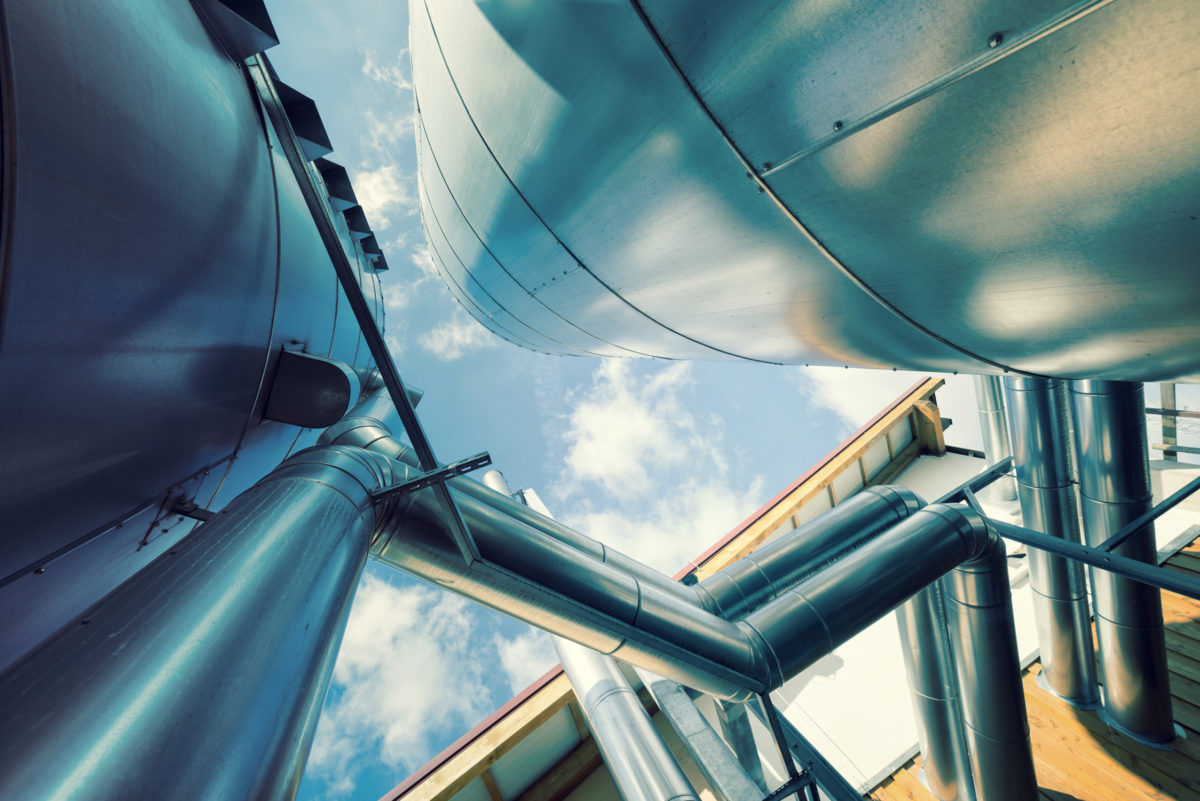Although such a vision would make much more sense if the federal government would stand behind a coherent renewables and emissions policy, one of the rare points on which state and territory energy and resources ministers have seen eye to eye at this week’s meeting was the development of a hydrogen industry in Australia.
The COAG Energy Council agreed to develop a national hydrogen strategy in close consultation with the industry and community by the end of 2019.
In addition, the ministers have pledged to build export markets and attract foreign investment, as well as deliver domestic projects, including investigating use of hydrogen in the gas networks, and scoping the need for hydrogen vehicle refuelling stations.
Australia’s potential to become the world’s largest producer and exporter of hydrogen produced by solar and wind powered electrolysers have been widely reported.
In its recent World Energy Outlook publication, the International Energy Agency (IEA) has has highlighted the potential of Australian renewable hydrogen. It found that that the cost of producing hydrogen through electrolysers located in close proximity to wind and solar farms in northern Australia could come in at US$3/kg H2 in 2040. This makes it cheaper than doing so using natural gas, when the costs of carbon capture are included.
Earlier this year, the report by ACIL Allen Consulting commissioned by ARENA set out that hydrogen export could contribute $1.7 billion to the economy annually. In a separate report by the Australia’s Chief Scientist, Dr Alan Finkel, delivered to the COAG Energy Council, described hydrogen as Australia’s next multibillion dollar export opportunity.
In addition, the National Hydrogen Roadmap released by CSIRO showed the development of a hydrogen export industry represents a significant opportunity for Australia and a potential ‘game changer’ for the local industry and the broader energy sector due to associated increases in scale. It also found that an economically-sustainable hydrogen industry could soon be a reality.
Supporting the pathways outlined in these documents, the COAG Council has conveyed a vision to make Australia a major player in a global hydrogen industry by 2030.
Additional efforts have been seen on the state level. Earlier this week, the Victorian Labor government has initiated a $2 million hydrogen program, which will help fund a number of initiatives, including a grants program to kickstart Victoria’s hydrogen industry.
A number of research and pilot projects have kick-started this year, including an ARENA-backed trial was launched earlier this year by gas pipeline owner Jemena to generate hydrogen from renewables and inject it into existing gas network.
ACT gas network operator Evoenergy and the Canberra Institute of Technology have launched the nation’s first hydrogen testing facility with the goal to understand how green hydrogen produced from excess wind and solar energy can viably be used in existing gas networks.
To investigate hydrogen’s potential, the federal government has also earmarked $22.1 million in funding through ARENA to boost national research and development projects in the field.
The funding has been distributed among nine Australian universities and research organizations including: the ANU, Macquarie and Monash Universities, QUT, RMIT University, The University of Melbourne, UNSW, The University of WA and the CSIRO.
This content is protected by copyright and may not be reused. If you want to cooperate with us and would like to reuse some of our content, please contact: editors@pv-magazine.com.









1 comment
By submitting this form you agree to pv magazine using your data for the purposes of publishing your comment.
Your personal data will only be disclosed or otherwise transmitted to third parties for the purposes of spam filtering or if this is necessary for technical maintenance of the website. Any other transfer to third parties will not take place unless this is justified on the basis of applicable data protection regulations or if pv magazine is legally obliged to do so.
You may revoke this consent at any time with effect for the future, in which case your personal data will be deleted immediately. Otherwise, your data will be deleted if pv magazine has processed your request or the purpose of data storage is fulfilled.
Further information on data privacy can be found in our Data Protection Policy.